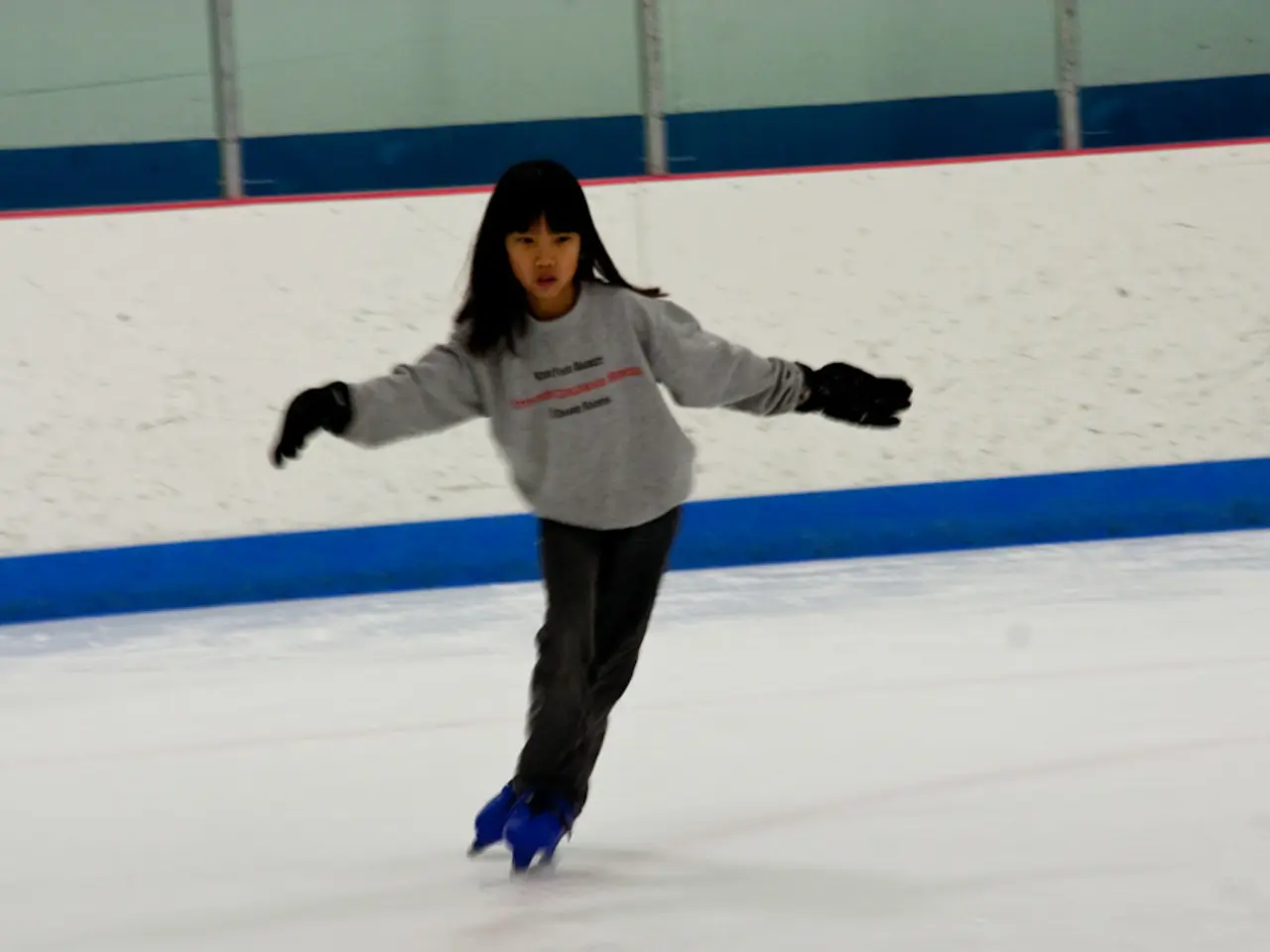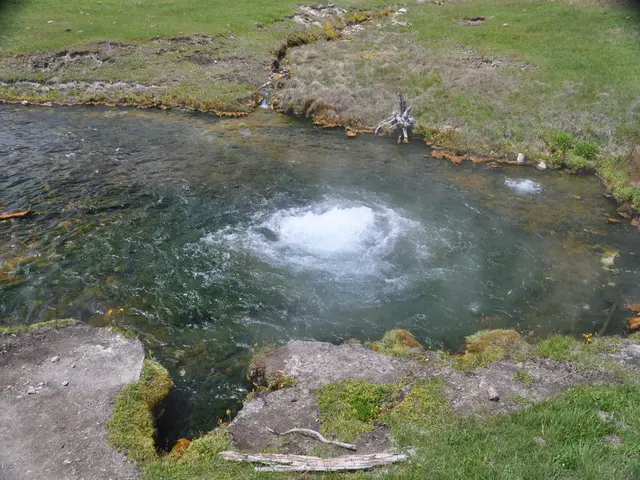Competitors at the 2020 Tokyo Olympics, including Johannes Erm of Estonia, resort to using ice bags amidst sweltering heat, potentially jeopardizing their wellbeing during the men's pole vault event.
In the face of rising global temperatures, the organizers of the upcoming 2024 Olympic Games in Paris are taking proactive measures to ensure the safety and well-being of athletes.
Paris Mayor Anne Hidalgo has made a bold move by eliminating air conditioning for athlete housing to reduce the games' carbon footprint. However, this decision is balanced by the installation of 2,500 temporary air conditioning units across the city, a concession made due to pressure from several countries.
Heat waves have been sweeping across the globe, including Europe, and the Paris Games are expected to be the warmest on record. To combat this, the organizers have implemented urban climate adaptation measures such as reducing asphalt surfaces, creating green spaces, and planting 150 trees, as well as building new bike lanes around central areas like the city hall square. These efforts aim to make the city cooler and serve as a model for other major European cities.
The Athletes' Village in Paris will feature rooms that are 11°F cooler than the outside temperature, even during heat waves, providing a respite for athletes during their stay. This cooling measure is crucial, as heat can erode athletic performances, causing tactical errors, disrupted sleep, and mental acuity issues.
Heat acclimation training is often used to prepare athletes for competition in hot conditions. However, even with such training, athletes may still be at risk of heat cramps, nausea, fatigue, heat exhaustion, and heat stroke during the games. To address this, the organizers have put in place safeguards such as ice baths for cooling heat-exhausted individuals and stations for measuring patients' core temperatures.
The groundwork for the games' heat safety procedures was established at the Tokyo games in 2021, which were the warmest in Olympics history. Despite the challenging conditions, no one was hospitalized or suffered from complications during the games, thanks to the heat safety procedures developed by Yuri Hosokawa's team.
Scientific literature supports the importance of resting in a cool environment after exercising in the heat. This is particularly crucial for elite athletes, who are at a higher risk of injury due to the pressure to win and pushing their bodies past the limit.
The heat-related mortality had increased by a third in the last two decades, highlighting the need for such measures. Up to 30 percent of participants in certain events failed to complete their races during the Tokyo 2020 Olympics, and many needed treatment.
As the world grapples with the effects of climate change, the 2024 Olympic Games in Paris are setting an example for how major events can be safely and sustainably held in extreme heat conditions.
Read also:
- Peptide YY (PYY): Exploring its Role in Appetite Suppression, Intestinal Health, and Cognitive Links
- Toddler Health: Rotavirus Signs, Origins, and Potential Complications
- Digestive issues and heart discomfort: Root causes and associated health conditions
- House Infernos: Deadly Hazards Surpassing the Flames








